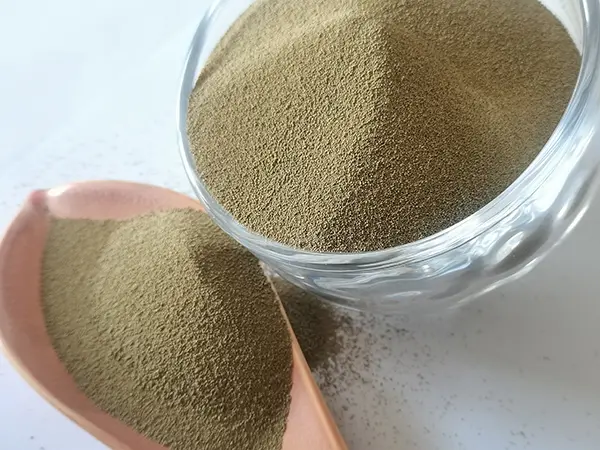The Versatility and Advantages of Ceramsite in Modern Construction
Ceramsite, a lightweight aggregate made from expanded clay, shale, or other natural materials, has emerged as an essential material in modern construction and architecture. With its unique properties and numerous applications, ceramsite is revolutionizing the way structures are designed and built. This article explores the characteristics, benefits, and applications of ceramsite, highlighting its importance in contemporary building practices.
One of the defining features of ceramsite is its lightweight nature. When heated during production, the raw materials expand to form small, porous pellets that significantly reduce their overall weight. This property allows for easier handling and transportation, making it an ideal choice for construction projects. The reduction in weight also leads to lower structural loads, which can result in cost savings in foundation requirements and structural materials. By using ceramsite, builders can achieve more efficient designs without compromising stability and safety.
In addition to being lightweight, ceramsite possesses excellent thermal insulation properties
. The porous structure of the material creates air pockets that inhibit heat transfer, making it an effective insulator. This characteristic is particularly beneficial in energy-efficient buildings, as it helps maintain indoor temperatures, reducing the need for excessive heating or cooling. Consequently, using ceramsite can lead to lower energy consumption and increased comfort for occupants.ceramsite

Another significant advantage of ceramsite is its durability and resistance to various environmental factors. Ceramsite is not only resistant to moisture but also to pests, mold, and mildew. This resilience makes it an ideal choice for regions with high humidity levels or areas prone to flooding. Additionally, ceramsite has a low shrinkage rate, ensuring that structures maintain their integrity over time. Builders and architects can rely on ceramsite to enhance the longevity of their projects, leading to reduced maintenance costs in the long run.
The versatility of ceramsite extends to its applications in different areas of construction. It can be utilized in concrete production, where it serves as an aggregate to create lightweight concrete mixes. This type of concrete is especially useful in applications such as precast concrete panels, floor slabs, and lightweight walls. Moreover, ceramsite is also gaining traction in green building practices, as it is often produced using sustainable methods and can contribute to LEED certification points for environmentally friendly construction.
Ceramsite is not limited to structural applications; it is also used in landscaping and civil engineering. Its lightweight and drainage properties make it an excellent material for green roofs, planters, and drainage systems. By promoting healthy plant growth and preventing waterlogging, ceramsite plays a vital role in sustainable urban planning and landscaping designs.
In conclusion, ceramsite is a remarkable material that offers numerous benefits in modern construction. Its lightweight, thermal insulation properties, durability, and versatility make it a valuable resource for architects, builders, and homeowners alike. As the demand for energy-efficient and sustainable building solutions continues to grow, ceramsite is positioned to play a pivotal role in the future of construction. Embracing this innovative material can lead to more resilient structures capable of meeting the challenges of our evolving built environment.
Post time:Tet . 18, 2024 10:57
Next:Techniques for Smoothing 3D Prints with Sanding Methods and Best Practices
